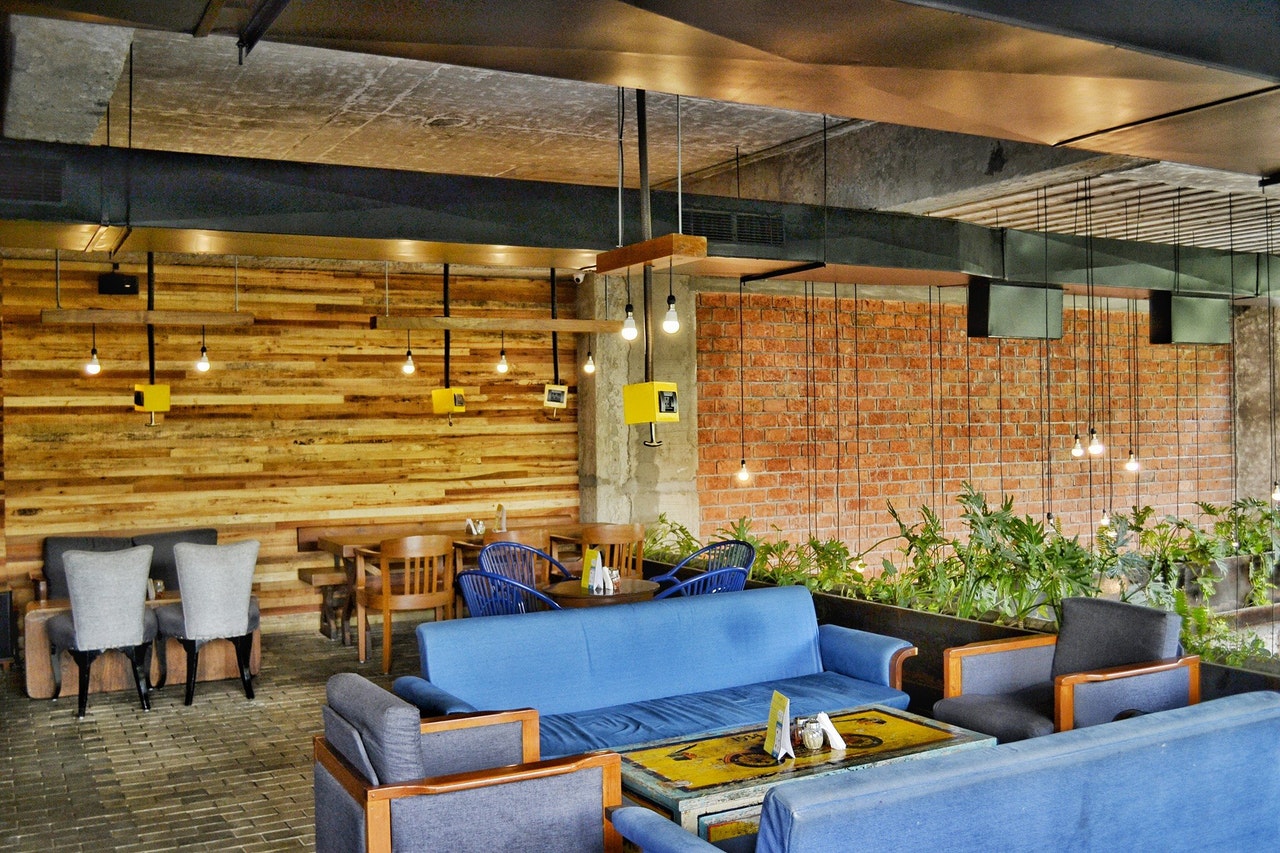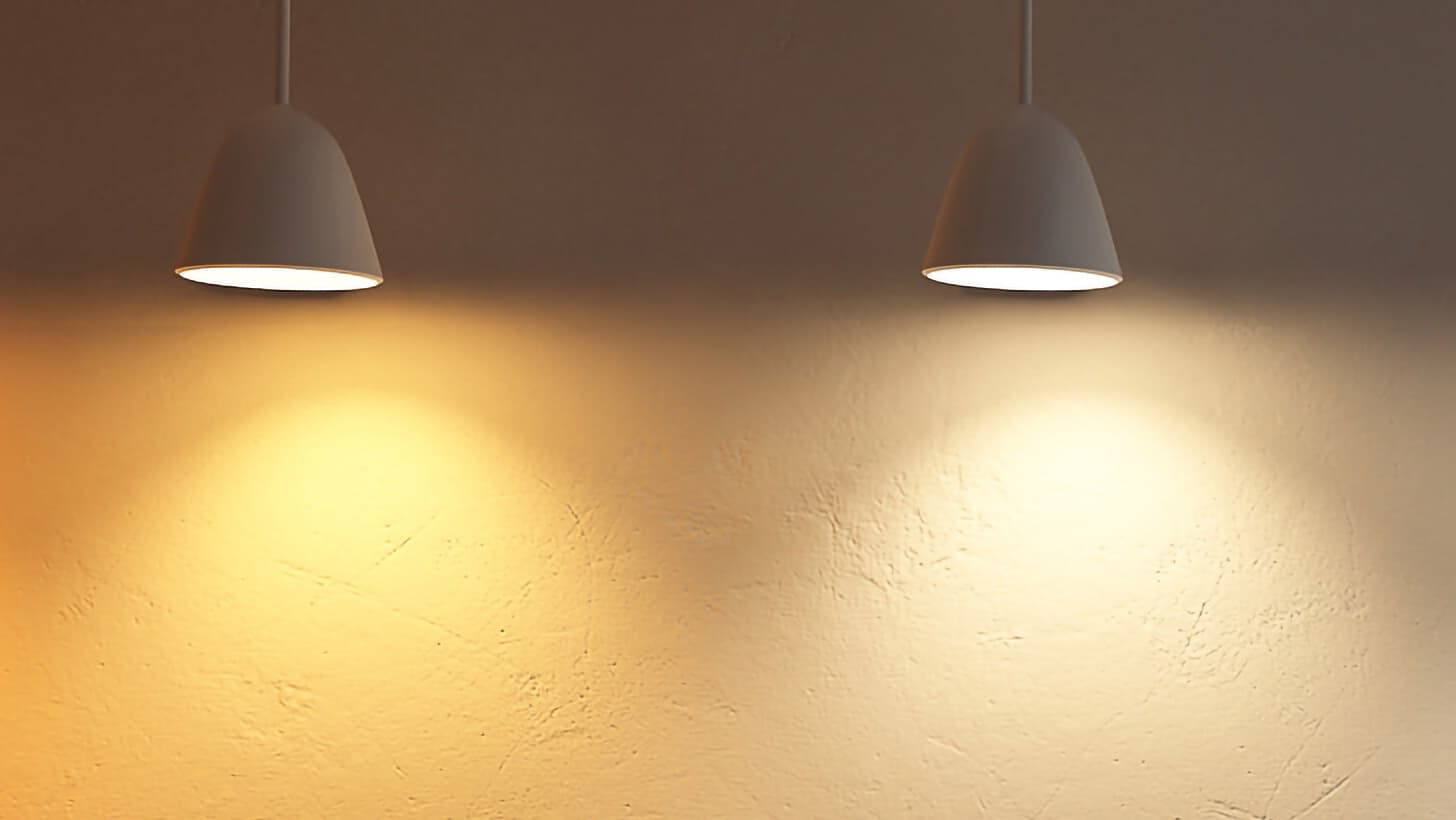The light temperature is a measure of the color of light. It is measured in Kelvin (K). The lower the Kelvin number, the more reddish the light appears; the higher the number, the more bluish the light appears. Candlelight, for example, has a very low light temperature and appears red or yellow. sunlight has a high light temperature and appears blue.
What are light temperature degrees?
The light temperature of a light bulb is usually given in Kelvin (K). The higher the Kelvin number, the bluer the light appears. If you are looking for a particular color of light, you can use the light temperature to find the right bulb. For example, if you want warm, yellowish light, you would look for a light bulb with a low Kelvin number. If you want a cool, bluish light, you would look for a bulb with a high Kelvin number.
You can also use the light temperature to adjust the color of your home’s lighting. For example, if you have a room that feels too warm, you can use cooler-colored bulbs to make it feel more refreshing.
The light temperature of sunlight varies depending on the time of day and the season. In general, sunlight has a higher light temperature in the summer than in the winter. In the morning and evening, when the sun is low in the sky, sunlight has a lower light temperature and appears more reddish. During midday, when the sun is high in the sky, sunlight has a higher light temperature and appears more bluish.
Different types of lights have different light temperatures. For example, fluorescent lights have a higher light temperature than incandescent lights. LED lights can have different color temperatures depending on the type of LED used. Some LEDs emit a very cool, bluish light, while others emit a warmer, yellowish light. Compact fluorescent lights (CFLs) also come in different color temperatures. Some CFLs emit a cool, bluish light, while others emit a warm, yellowish light.
What is the best LED color temperature?
The ideal color temperature for most indoor general and task lighting applications is 2700–3600 K. Color temperature is not a measure of heat. Newly developed vintage and filament LEDs offer color temperatures ranging from 1900K to 2300K, with some reaching as low as 1500K. So, the range between 2700K and 3000K is considered the optimal color temperature for interior lighting.
2700k vs 3000k - what is the difference?
The difference between 2700k and 3000k is that 2700k is a lower light temperature and appears more reddish, while 3000k is a higher light temperature and appears more bluish. To put it simply, the main difference between 2700k and 3000k is the color of the light they emit. 2700k emits a warmer, yellowish light, while 3000k emits a cooler, bluish light.
If you are looking for a particular color of light, you can use the light temperature to find the right bulb. For example, if you want warm, yellowish light, you would look for a light bulb with a low Kelvin number like 2700k. If you want cool, bluish light, you would look for a bulb with a high Kelvin number like 3000k.
You can also use the light temperature to adjust the color of your home’s lighting. For example, if you have a room that feels too warm, you can use cooler-colored bulbs like 3000k to make it feel more refreshing.

It's crucial to understand that light color and temperature are not the same things. There is no relationship between Kelvin and lumens. Some people believe that a softer, warmer white will be dimmer, but you can have a super-bright warm light or a dim, cool light. The lumen output is determined by the wattage of the bulb, not the Kelvin color temperature.
In general, when talking about light "temperature," what we're really referring to is a light color. The color of light is measured on a Kelvin temperature scale (named after Lord Kelvin, who first proposed it in 1848). This scale runs from 1,000 to 10,000 Kelvins; below 5,500K it's considered "warm" white or yellowish hues, while above it starts to look bluish.
Fluorescent bulbs marketed as "full-spectrum" or "daylight" usually have a color temperature between 5,000 and 6,500K. These are designed to simulate natural sunlight, which has a color temperature of approximately 5,500K. Incandescent bulbs have a low color temperature because they produce more red and yellow light than blue light. LED bulbs can be made to emit almost any color of light, including warm white light or cool white light.
What temperature would better fit your living room?
Both 2700K and 3000K can give off a warm white light. However, 2700K is going to be slightly warmer and more yellow while 3000K will have a little bit of blue undertone giving it a whiter light.
While both color temperatures can work in a living room, it’s important to consider the overall design of the space. If your living room has cool tones like blues and greens, you might want to go with a higher Kelvin temperature so the light doesn’t make the space feel too warm. On the other hand, if your living room has warmer tones like reds and oranges, you might want to stick with a lower Kelvin temperature so the space doesn’t feel too cold.
In general, most people prefer a warm white light in their living room. If you’re unsure which color temperature to choose, we recommend starting with 2700K. You can always try 3000K and see if you like the way it looks in your space.
Is 3000K good for your kid`s room?
While 3000K can give off a cool white light, it might be too harsh for a kid’s room. A better option for a kid’s room would be 2700K, which will give off a warm white light. The warm white light will make the space feel more inviting and cozy, which is ideal for a kid’s room.
If you do decide to go with 3000K in your kid’s room, we recommend using it in combination with other lights so the space doesn’t feel too sterile. For example, you can use 3000K in the overhead lighting and then use 2700K in lamps or accent lights.
Is 2700k or 3000k better for working?
The color temperature of your light can have an impact on your mood and energy level. A higher Kelvin temperature like 3000K will give off a cool white light that can help you feel more alert and awake. This makes it a good option for working or studying.
On the other hand, a lower Kelvin temperature like 2700K will give off a warm white light that can help you feel more relaxed and calm. This makes it a better option for spaces where you want to relax, like your bedroom or living room. If you’re not sure which color temperature to choose, we recommend starting with 2700K. You can always try 3000K and see if you find it too harsh or bright for your space.
What about growing plants at home?
Many people believe that higher Kelvin temperatures are better for growing plants. However, this is not necessarily true. Plants actually prefer a range of different color temperatures, depending on the type of plant.
For example, succulents and cacti prefer cooler white light, while flowers and fruits need a warmer white light. So, if you’re looking to grow plants at home, we recommend doing some research on the specific type of plant you want to grow and choosing a light accordingly.
In general, most people find that 2700K gives off the best all-around light for growing plants at home. But again, it’s important to do your research to make sure you’re choosing the right light for your specific plants. Still, if you want a light that will work well for most plants, 2700K is a good option.

What light temperature is closer to the natural light?
The sun emits light with a color temperature of around 6000K. However, when that light hits the earth’s atmosphere, it becomes warmer and takes on a color temperature of around 2700K. So, if you’re looking for a light that is closest to natural sunlight, we recommend choosing a light with a color temperature around 2700K.
However, more natural light isn’t always better. If you’re looking for a light that will help you feel more alert and awake, a higher Kelvin temperature like 3000K might be a better choice. In general, most people find that 2700K gives off the best all-around light. But if you’re looking for a light to help with specific tasks or goals, it’s important to choose a light with the appropriate color temperature.
How does the light temperature affect us?
The color of light can have an effect on our mood and how we feel. For example, warmer colors (such as red or yellow) can make us feel more comfortable and cozy, while cooler colors (such as blue or green) can make us feel more awake and alert.
The light temperature can also affect how well we see things. For example, a higher Kelvin temperature like 3000K will give off a cool white light that can help us see things more clearly. This makes it a good option for working or studying.
On the other hand, a lower Kelvin temperature like 2700K will give off a warm white light that can make us feel more relaxed and calm. This makes it a better option for spaces where we want to relax, like our bedroom or living room. If you’re not sure which color temperature to choose, we recommend starting with 2700K. You can always try 3000K and see if you find it too harsh or bright for your space.
What about eye comfort?
When comparing 2700K vs 3000K, it’s important to consider eye comfort. Our eyes are more sensitive to blue light, so a higher Kelvin temperature like 3000K can be harsher on our eyes. If you find that 3000K is too harsh for your eyes, we recommend trying 2700K instead.
2700K will give off a warm white light that is easier on our eyes and can help us feel more relaxed. If you’re not sure which color temperature to choose, we recommend starting with 2700K and then trying 3000K to see if you find it too bright or harsh for your space.
Your pets are another aspect to pay attention to. If you have pets, you might want to choose a lower Kelvin temperature like 2700K. This is because some animals are sensitive to blue light and a higher Kelvin temperature can be harsh on their eyes. In general, we recommend choosing a light that is comfortable for your eyes and will not be too harsh on your pet’s eyes. If you’re not sure which color temperature to choose, we recommend starting with 2700K. You can always try 3000K and see if you find it too bright or harsh for your space.
Final words
When choosing between 2700K vs 3000K, it’s important to consider your goals and what you want to use the light for. If you’re looking for an all-around light that will work well for most plants, we recommend choosing 2700K.